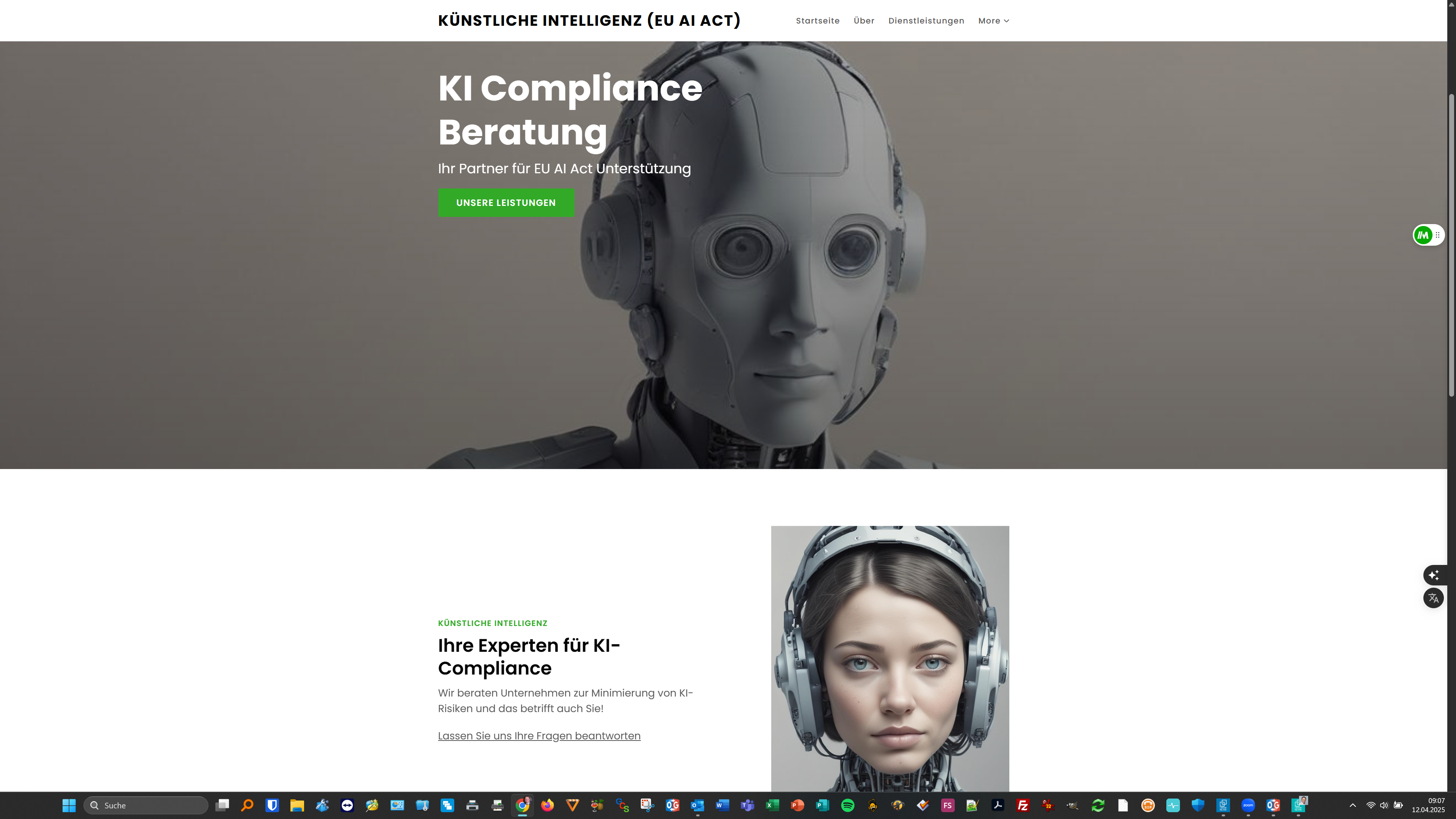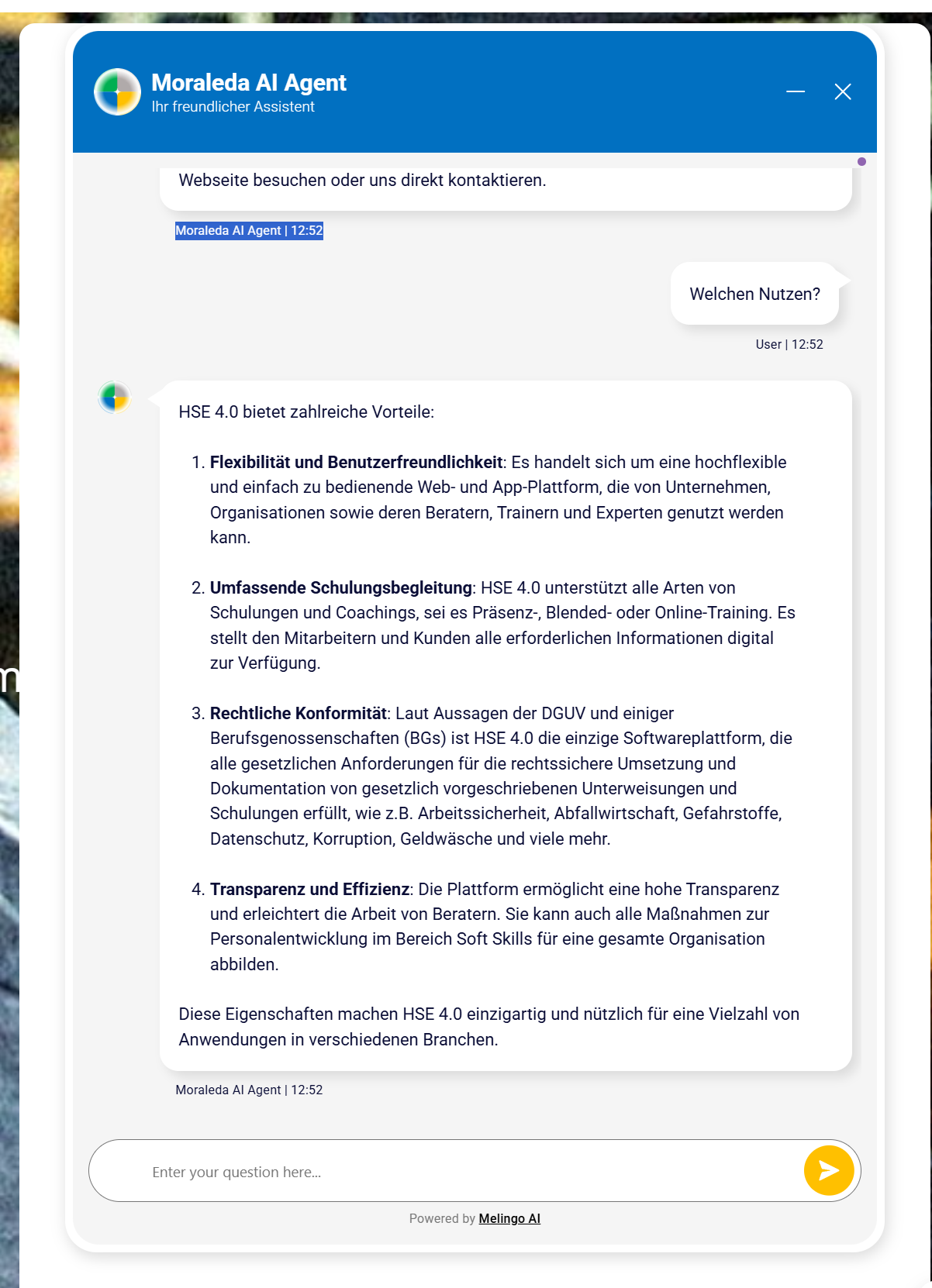Company vehicles are an essential part of many companies as they serve a variety of purposes - from transporting employees and goods to representing the company. In this comprehensive guide you will learn everything you need to know about company vehicles, initial instruction and the AEC potential analysis.
Company vehicles: definition and benefits
Company vehiclesare vehicles that a company uses for operational purposes. These can include cars, vans, trucks or even motorcycles. The use of company vehicles offers numerous advantages:
- flexibility: Employees can visit customers, attend meetings and complete tasks without relying on public transportation.
- Efficiency: The supply chain is optimized through the direct transport of goods and services.
- Cost savings: In the long term, own vehicles can be more cost-effective than rental or leasing vehicles.
- Advertising: Company vehicles can be branded with the company logo and design, allowing them to serve as mobile advertising spaces.
Initial instruction: safety and regulations
The Initial instructionis a central component when introducing new employees or using company vehicles for the first time. This instruction ensures that all drivers have the necessary knowledge and skills to operate the vehicle safely and legally. The following points should be taken into account during the initial instruction:
- Vehicle operation: Introduction to the operation of the specific vehicle type, including all technical functions.
- Safety regulations: Information about the applicable safety regulations and measures in the event of an accident.
- Maintenance and Care: Information on regular maintenance and care of the vehicle to ensure operational safety.
- Legal Aspects: Explanation of the legal framework, such as driving license requirements, tachograph requirements and traffic regulations.
AEC potential analysis: increasing efficiency through data
The AEC potential analysis(Analysis of analytical efficiency and cost potential) is a tool that helps companies maximize the efficiency of their company vehicles and minimize costs. By analyzing various data points, optimization potential can be identified. Here are the most important aspects of the AEC potential analysis:
- Data analysis: Collection and analysis of data such as fuel consumption, driving behavior, maintenance costs and vehicle utilization.
- Optimization measures: Develop strategies to reduce costs and improve efficiency, for example through driver training or route optimization.
- reporting: Regular reports and analysis to help management make informed decisions.
- implementation: Implementation of the identified measures for the continuous improvement of the vehicle fleet.
FAQs on company vehicles, initial instruction and AEC potential analysis
Question 1: What types of company vehicles are there?
Answer:Company vehicles can be very diverse and include cars, vans, trucks, buses and motorcycles. The choice depends on the specific needs of the company.
Question 2: Who is responsible for the initial instruction?
Answer:The responsibility for the initial training usually lies with the fleet manager or the company's safety department. They ensure that all new drivers receive comprehensive training.
Question 3: What should be included in initial instruction?
Answer:Initial instruction should cover vehicle operation, safety regulations, maintenance instructions and legal aspects. The aim is to provide drivers with all the information they need to operate the vehicle safely and efficiently.
Question 4: How often should initial instruction be carried out?
Answer:Initial training should be carried out when hiring new employees or introducing new vehicle types. Regular refresher training is also recommended to ensure all drivers are up to date.
Question 5: What is the AEC potential analysis and why is it important?
Answer:The AEC potential analysis is a tool for optimizing the efficiency and cost-effectiveness of company vehicles. It helps companies reduce fuel consumption, reduce maintenance costs and improve the overall performance of the vehicle fleet through data analysis and targeted measures.
Question 6: What data is collected during the AEC potential analysis?
Answer:The data collected includes fuel consumption, driving behavior, maintenance costs, mileage and vehicle utilization. This data is analyzed to identify optimization potential.
Question 7: How can companies benefit from the AEC potential analysis?
Answer:Companies can achieve significant savings through the AEC potential analysis by identifying and optimizing inefficient processes. This leads to a reduction in operating costs and an increase in productivity.
Question 8: Is the AEC potential analysis suitable for every company?
Answer:Yes, the AEC potential analysis can be adapted to the needs of companies of all sizes and industries. It offers valuable insights and optimization opportunities, regardless of the size of the vehicle fleet.
Question 9: How often should the AEC potential analysis be carried out?
Answer:It is recommended that the AEC potential analysis be carried out regularly, at least once a year. This ensures that optimization potential can be continuously identified and implemented.
Question 10: What are the most common mistakes when using company vehicles?
Answer:The most common mistakes include improper use of vehicles, neglect of maintenance, inefficient driving behavior and lack of driver training. These errors can lead to higher operational costs and security risks.
Conclusion
Company vehicles are an important part of modern business operations and offer numerous benefits including flexibility, efficiency and cost savings. Careful initial instruction ensures that all drivers drive safely and in compliance with the law. The AEC potential analysis helps companies get the greatest possible benefit from their vehicle fleet through data-based optimization. By paying attention to these aspects, companies can increase their competitiveness while reducing their operating costs.









